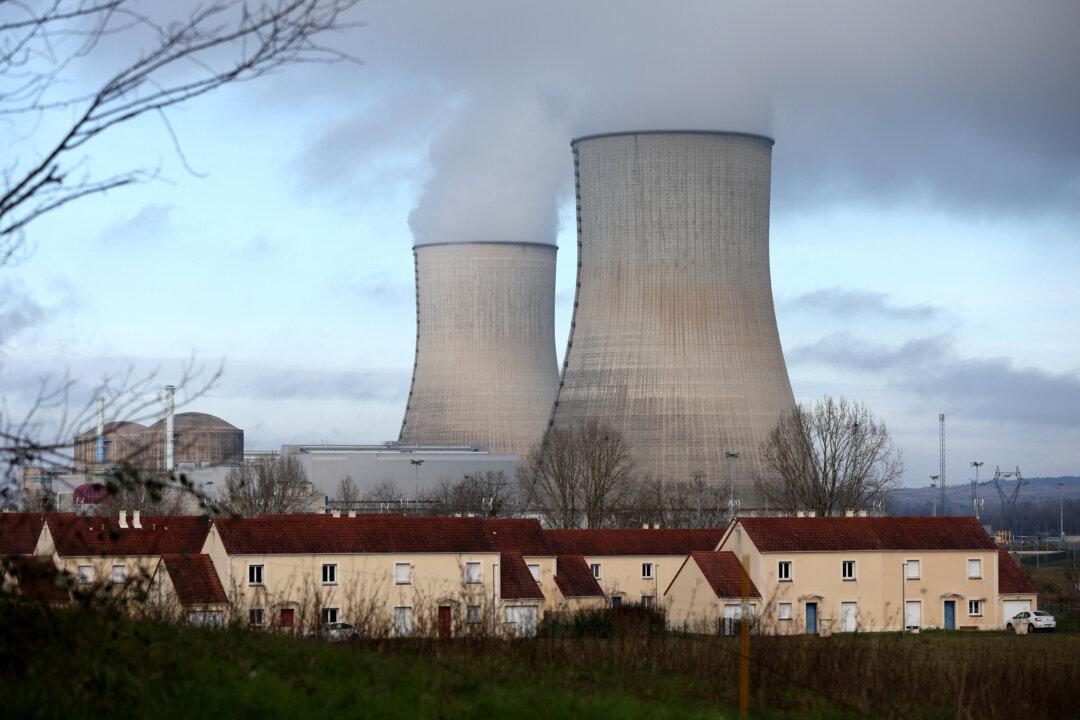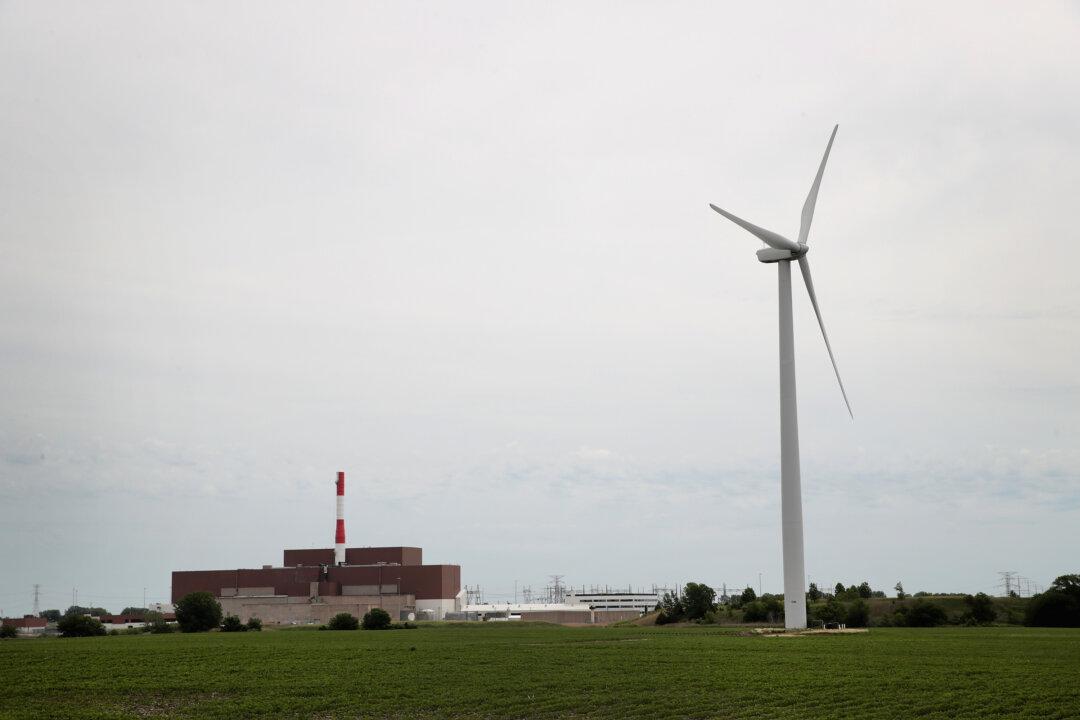Australian industrial peak bodies have anticipated that the latest interest rate hike will drive down demand in the construction industry, with the residential sector expected to be significantly affected.
A score above 50 indicates an expansion in construction activity, while a score below 50 indicates a contraction.
Australian Industry Group’s chief policy advisor Peter Burn said that although the growth of new construction orders in April was more significant than in March, the industry was adversely affected by materials and labour shortages and rising input costs.
He also mentioned that the factors determining whether the industry could meet higher activity levels were the supply of skilled labour and the recovery of supply chains.
National Australia Bank was the last to hike the home loan rates on the morning of May 4.
RBA governor Philip Lowe has warned that the central bank could lift the interest rates further in the upcoming months to prevent inflation from growing considerably.

Out of this amount, $21.6 billion came from loans obtained by homeowners, which was 2.2 percent lower compared to the previous year.
The remaining $11.7 billion was the amount of loans taken by investors, representing a 2.9 percent growth in value.
Sydney housing values have declined for three consecutive months and dropped 0.2 percent in April, while Melbourne housing values also dipped over three out of the past five months.
CoreLogic’s Research Director Tim Lawless said that with the rise of the RBA cash rate, it was likely for the housing market to lose momentum over the remaining of the year and into 2023.
“As the cash rate rises, variable mortgage rates will also trend higher, reducing borrowing capacity and impacting borrower serviceability assessments.”





